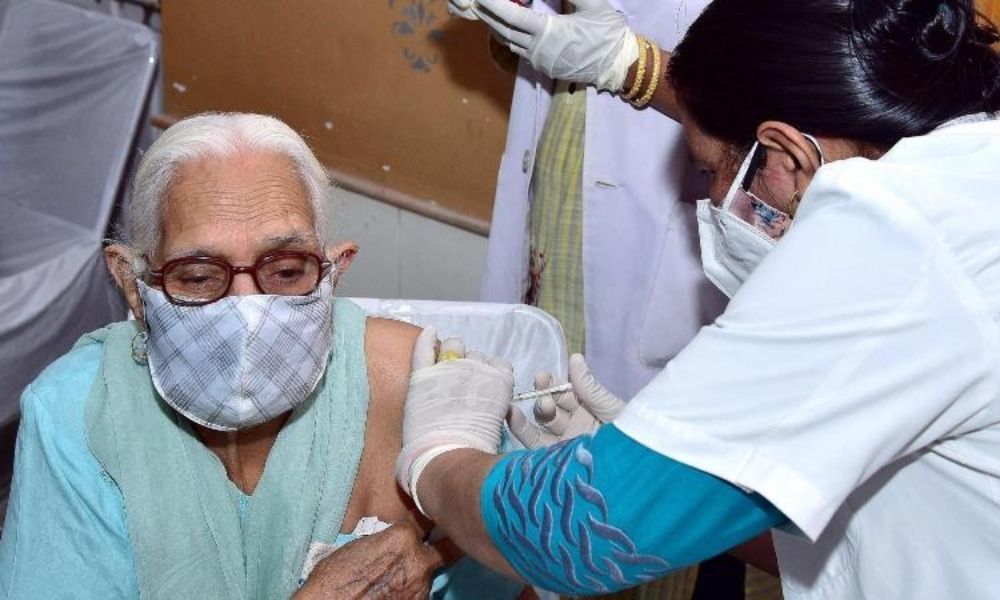
Image Credits: New Indian Express
How India Successfully Eradicated Smallpox, Polio
Writer: Hannah Jacob
Hannah Jacob P is an observant and passionate young woman who loves to find unheard stories and help to make anyone's day better through those stories. Besides searching for social impact stories, she loves to read about human behavior.
India, 18 May 2021 10:50 AM GMT | Updated 19 May 2021 5:48 AM GMT
Editor : Shubhendu Deshmukh |
Shubhendu, the quint essential news junky, the man who loves science and politics in equal measure and offers the complete contrast to it by being a fan of urdu poetry as well.
Creatives : Shubhendu Deshmukh
Shubhendu, the quint essential news junky, the man who loves science and politics in equal measure and offers the complete contrast to it by being a fan of urdu poetry as well.
The smallpox and polio vaccination programmes were massively successful due to the continued efforts of healthcare workers, and door-to-door vaccinations
Amid the second wave of the COVID-19 pandemic, several Indians are still trying to get themselves vaccinated. Various states had previously flagged a shortage of vaccines. This is for the first time in independent India that vaccines are administered amid the raging pandemic. Previously India vaccinated its entire population to eradicate smallpox and polio. Both vaccination programmes were internationally lauded. Smallpox was eradicated in the late 1970s, and India was declared 'polio free' in 2014. Some of the features of these programmes might help India change its COVID-19 vaccination strategy.
National Smallpox Eradication Programme
This program aimed to vaccinate the entire country within three years. However, the plan failed due to low coverage and less access to the population. In 1964, the government decided to change its strategy and focus on specific areas of the country where the outbreaks were more prevalent such as Bihar, Uttar Pradesh, Madhya Pradesh and West Bengal. The vaccine uptake was increased, and the introduction of a freeze-dried vaccine also helped the programme. In 1973, WHO helped intensify the vaccination programme by actively seeking out smallpox cases. Similar to COVID-19, the patients were located and confined in their homes or put in hospitals and local villagers were used to help vaccinate other villagers.
Pulse Polio Programme
Pulse Polio was an immunisation campaign conducted by the government of India to eliminate polio by vaccinating children under five years against polio. The programme began in 1994 in Kerala, Tamil Nadu and Delhi, and by January 1997, health workers vaccinated 127 million children a day. This vaccination was conducted by local health care workers and involved door-door vaccination in inoculating as many children as possible. In 2014, the WHO declared India a polio-free country.
One of the common elements between the two vaccination programme was the effort of the local healthcare workers, coordination between national and state government and mass campaigning.
 All section
All section













